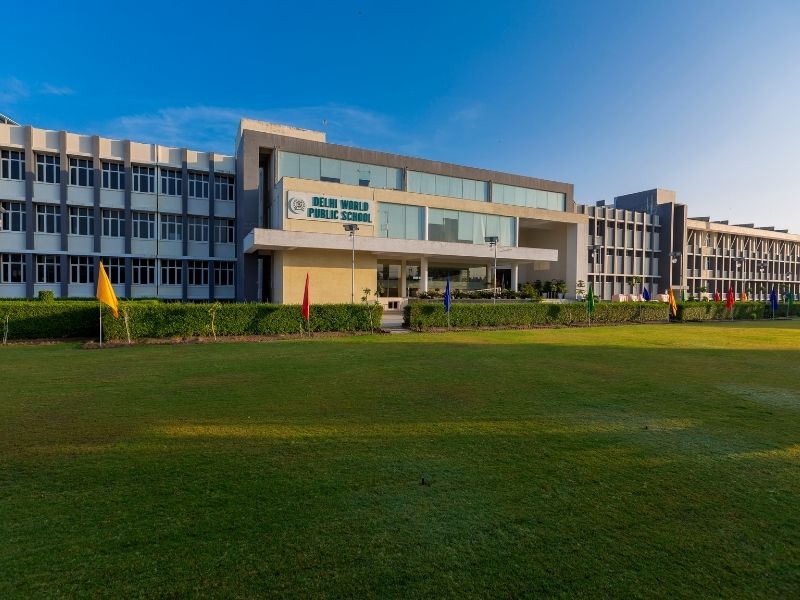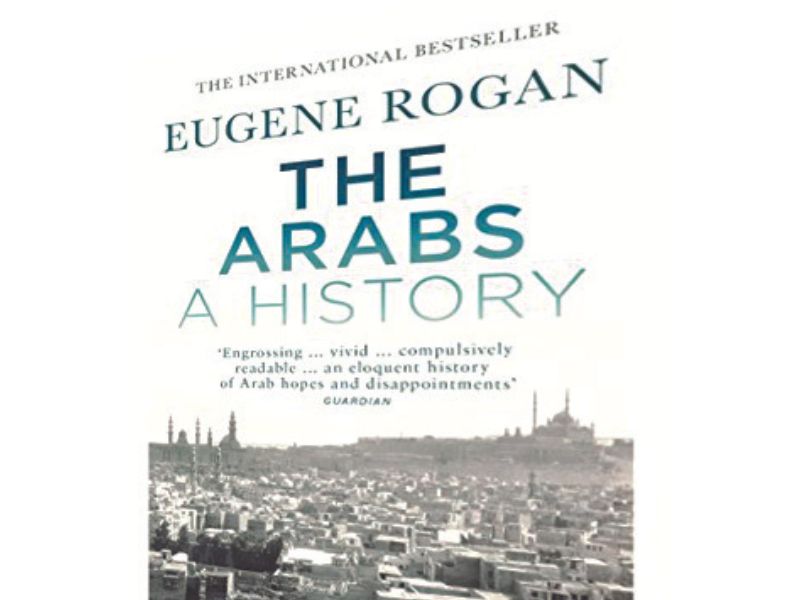The Faded Glow
Sunil Raveendran, Academic Coordinator, Indus Altum International School, Belagavi, Karnataka
“What is that? Papa, How is that?
Why is that? And, where is that?”
Looking hopefully at me and holding my hand,
My six year old girl with a probing mind,
Awaiting a reply that would amaze her.
But I within my mind, worried and frustrated,
with […]












































75th Independence Day reflections
-Sanjaya Baru
If one’s birthday tends to be a time for self-reflection, Independence Day should be a time for national self-reflection. Media publishes data and analysis on the state of the nation, economy and the people. Independence Day this year is a special milestone because we observe the 75th anniversary of free India. There are two […]